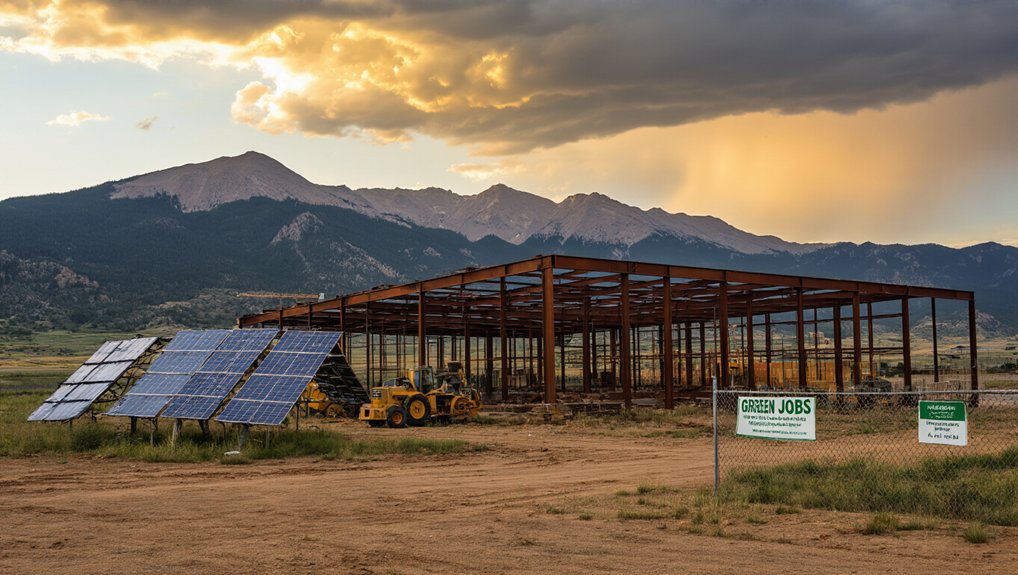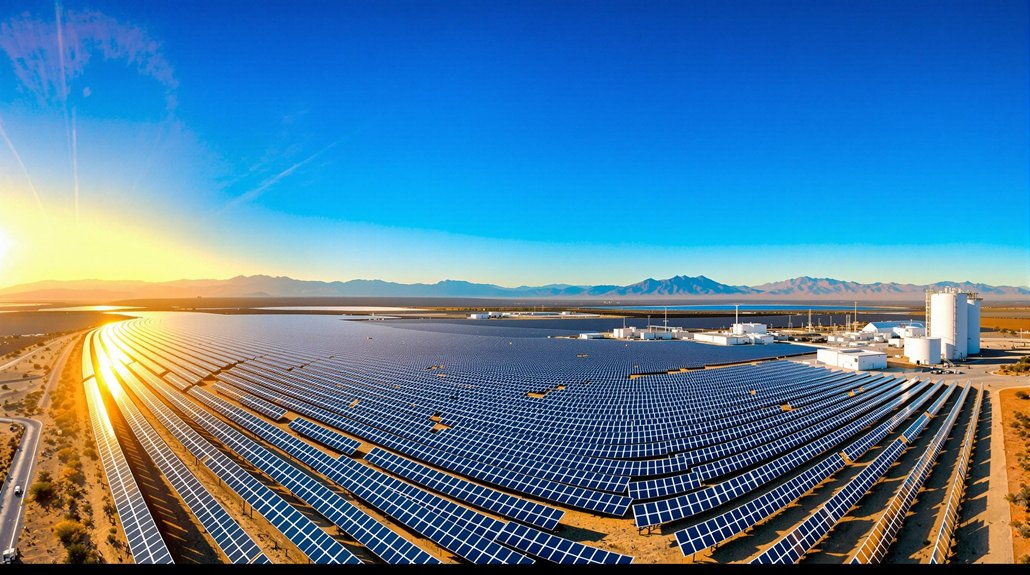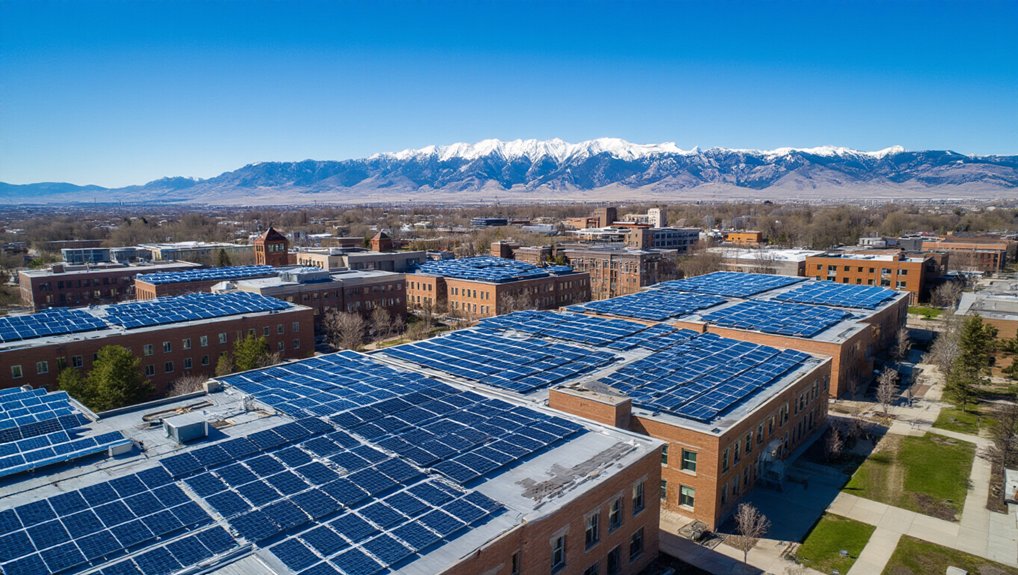Disillusionment has swept through Colorado’s ambitious clean energy sector as major projects collapse one after another. The latest blow? Amprius Technologies has pulled the plug on its $190 million battery plant, leaving 332 promised jobs in the dust. Just another clean energy dream vaporizing into thin air.
This isn’t an isolated incident. The first quarter of 2025 has been brutal—16 clean energy projects worth $8 billion abandoned nationwide. That’s triple what we saw canceled in the previous two years combined. Colorado’s taking it on the chin, with several high-profile projects now relegated to the “what could have been” file.
The numbers are staggering. Over $14 billion in investments and 10,000 jobs—gone. Poof. Like they never existed. Battery storage and electric vehicle sectors are bleeding the worst, with multiple projects that began under the Inflation Reduction Act now dead before launch.
$14 billion and 10,000 jobs vanishing into thin air—America’s green dream crumbling faster than it was built.
What’s killing these projects? Market volatility, for one. Foreign competition isn’t helping either. And nobody knows what’ll happen with federal subsidies or tariffs. It’s a guessing game that costs billions. Republican districts are feeling the impact most severely, with 62% of projects located in these areas.
The Amprius cancellation stings particularly hard. That $50 million Department of Energy grant? Wasted. State and local incentives? Worthless now. Tax revenue that officials were counting on? Don’t hold your breath.
Building a domestic battery supply chain is “uniquely challenging,” experts say. No kidding. China dominates the market, and U.S. producers can’t seem to keep up.
Meanwhile, Colorado keeps chasing its 100% wind, solar, and battery grid dream for 2040. The disruption to cross-border trade between the U.S. and Mexico could further complicate supply chains for renewable energy components. Funny thing—the state’s own energy office concluded this approach is the most expensive option and barely meets reliability standards. The price tag? A cool $61 billion. And that’s not even counting additional infrastructure costs.
Who would’ve thought going green could be so expensive and so… unsuccessful? Colorado’s clean energy transformation isn’t just stalling—it’s in reverse. VSK Energy’s solar panel project in Brighton was also canceled, adding to the state’s growing list of failed green initiatives. Dreams are crumbling, and reality is setting in, one canceled project at a time.
References
- https://coloradosun.com/2025/06/25/colorado-clean-energy-project-cancellations/
- https://e2.org/releases/march-clean-economy-works-update/
- https://e2.org/releases/april-2025-clean-economy-works/
- https://finance-commerce.com/2025/05/14b-in-clean-energy-projects-canceled-in-2025/
- https://i2i.org/is-2025-the-year-that-colorado-goes-nuclear-hopefully/









